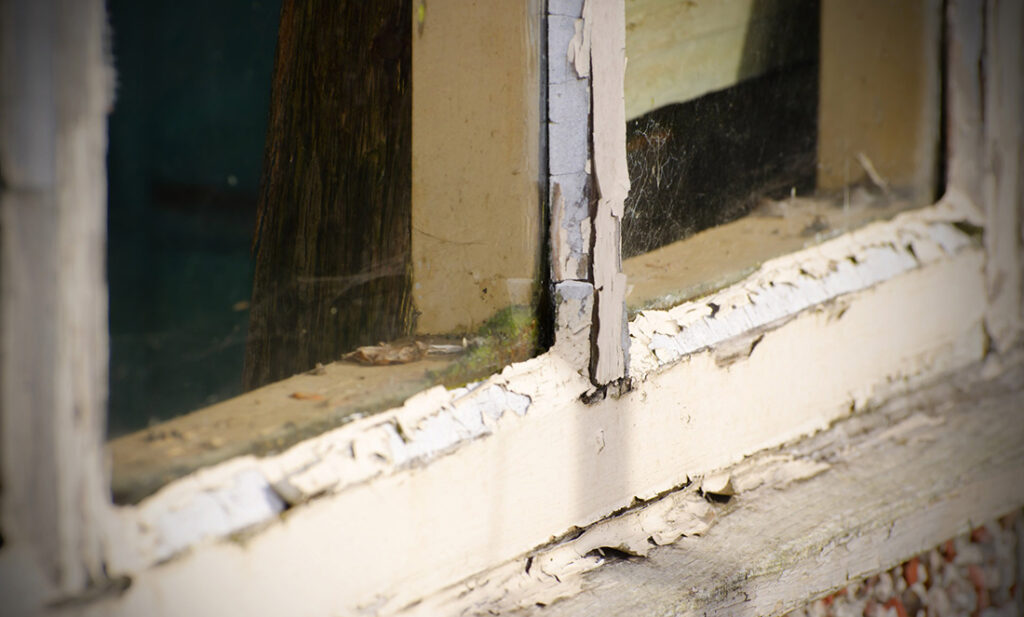Every time I go to a playground, I feel squeamish about letting my kids drink water from the fountain. It’s not so much that the fountain looks old, rusty or dirty. It is the lead. The idea that, deep inside the pipes, lead is leaking into the water and into the body of the kid drinking it.
This is not just me being paranoid. In the last few years, there have been multiple cases of lead contamination of drinking water in Perth. In 2017, the inauguration of Perth Children’s Hospital was halted due to unsafe levels of lead found in its tap water. The most likely culprits were brass fittings that contained a small percentage of lead.
The same problem may be affecting schools across WA and beyond. A 2016 study found lead-contaminated tap water in more than half of 212 homes tested in New South Wales.
Just last month, a news report found dangerous levels of lead in the drinking water of some Optus Stadium drinking fountains. One of the drinking fountains around the Optus Stadium had 0.14mg/L of lead—that’s 14 times the allowed limit of 0.01mg/L, according to Australian standards.
And a recent study found dangerous lead levels in 21% of 136 residential veggie gardens tested across Melbourne’s metropolitan area.

A new study found lead causes 412,000 deaths annually in the US.
So what is the big deal with lead? Here is a number for you to think about: 412,000. This is how many annual deaths lead causes in the US alone, according to a study published last week.
The problem with lead
For many years, lead was a common component of paint, pipes and gasoline. But its toxicity has been known since Roman times, when it was already being used to build pipes. In the past decades, hundreds of animal and human studies have linked exposure to lead to the development of diseases affecting cognitive function in children and adults.
Even low concentrations of this metal, normally presumed safe, have been shown to cause some cognitive impairment. “Decades of research demonstrate, quite conclusively, that there is no safe level of lead exposure,” says David Bellinger from Harvard Medical School and the Department of Environmental Health at the Harvard School of Public Health. Research has shown evidence that children exposed to lead can end up with lower IQs, attention problems, poorer educational achievement and behavioural pathologies including ADHD, aggression and even criminality in adults and children.
According to a 2013 study, lead exposure during childhood caused US$977 billion in lost productivity worldwide due to its negative impacts on IQ.
Lead everywhere you look
For decades, lead was a basic component of paint, gasoline and pipes. According to a 1983 report by Britain’s Royal Commission on Environmental Pollution, lead has been so widely used that today “it is doubtful whether any part of the Earth’s surface or any form of life remains uncontaminated by anthropogenic [man-made] lead”.
Today, this metal has been banned from paints and gasoline in most countries around the world. But the truth is that it hasn’t been totally eliminated. Lead can still be found in anything from lipstick and jewellery to toys and food. Many old buildings and houses still have leaded paint. In fact some, planes still use leaded gasoline. Not to mention that unleaded gasoline is actually allowed to carry a tiny bit of lead.

In the US, a 2017 report by the Environmental Defense Fund revealed traces of lead in common children’s food items. The report analysed data from FDA’s Total Diet Study (TDS), which has been run every year since the 1970s to track levels of metals, pesticides and nutrients in up to 280 types of food. The most recent TDS report (2006 – 2013) found more than 100 different foods that had detectable levels of lead—anything from milk or cheese to beef, eggs or honey and different fruits and vegetables.
For Australia, part of the problem may be in current regulation on safe lead levels established by the National Health and Medical Research Council. For example, the Australian standard for brass fittings permits 4.5% of lead content whereas, in the United States, this limit is set at 0.25%.
However, lead is found well beyond water pipes. “Lead in air (0.5µg/m3, annual average), dust (1000mg/m2) water (10µg/L), residential soil lead level (300mg/kg) and residential paint (< 1000mg/kg) needs to be lowered,” says Mark Taylor, Professor of Environmental Science at Macquarie University, who studies environmental pollution and risks to human health.
Another problem is accessibility to safety limits. In Australia, for example, you can freely access the national standards for lead content in soil, water and air. But for paint, dust and pipes or taps, you need to buy the documents. “It’s completely inappropriate that the public cannot access the information it needs to effect primary prevention,” says Mark.
No safe limits
Also, we should not forget that current research says there is no safe level of lead exposure. So perhaps part of the problem lies in the regulatory system that insists on allowing a theoretical but not realistic safe level.
“Australia should follow the lead of Canada and develop a full understanding of lead exposure and develop a strategy for corrective actions. This will obviously need to start by identifying all the possible sources of contamination throughout the supply chain and would require multisectoral leadership,” says Anas Ghadouani, Head of Aquatic Ecology and Ecosystem Studies at UWA.
“Surprisingly, though, the health authorities seem to be extremely reticent in taking a proactive approach despite the very obvious difficulties/questions that have arisen from the Perth Children’s Hospital,” says Malcolm McCulloch from the ARC Centre of Excellence for Coral Reef Studies at UWA.











